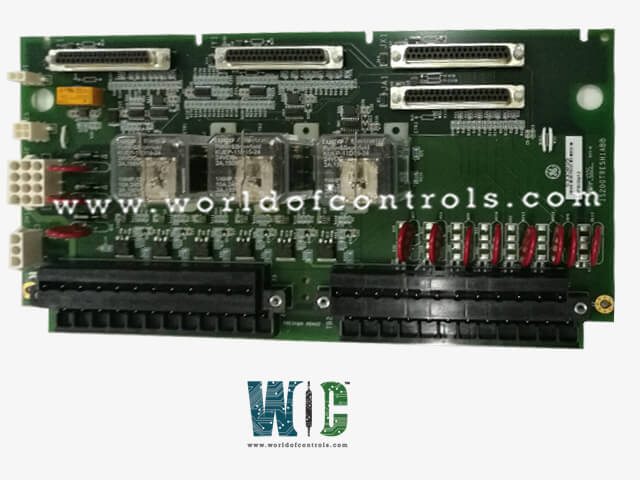
World Of Controls understands the criticality of your requirement and works towards reducing the lead time as much as possible.
IS200TRESH1B - Emergency Overspeed Protection Board is available in stock which ships the same day.
IS200TRESH1B - Emergency Overspeed Protection Board comes in UNUSED as well as REBUILT condition.
To avail our best deals for IS200TRESH1B - Emergency Overspeed Protection Board, contact us and we will get back to you within 24 hours.
Part No.: IS200TRESH1B
Manufacturer: General Electric
Country of Manufacture: United States of America (USA)
Technology: Surface-mount
Temperature Operating: -30 to 65oC
Product Type: Emergency Overspeed Protection Board
Availability: In Stock
Series: Mark VIe
IS200TRESH1B is an Emergency Overspeed Protection Board developed by GE. It is a part of Mark VIe control system. The TRES is a component designed for the emergency overspeed protection of small to medium-sized steam turbines. This system plays a vital role in preventing turbine damage and ensuring operational safety by swiftly shutting down the turbine in case of overspeed conditions.
TRES is controlled by an I/O controller, which oversees the operation and power supply to the system. The system provides power to three emergency trip solenoids, which are essential for initiating a rapid turbine shutdown when required. These solenoids are connected between the TRES and TRPS terminal boards. Specifically, TRES supplies the positive side of the 125 V DC power to the solenoids, while the TRPS terminal board supplies the negative side, completing the circuit necessary to activate the solenoids.
The I/O controller is responsible for several critical functions within the TRES system:
In the TRES system, the excitation and signal from the seven dry contact inputs are continuously monitored and fed to the I/O controller. This monitoring ensures that the system is aware of the status of all interlocks and can react accordingly to protect the turbine.
The board also includes two critical relay drivers:
The WOC team is always available to help you with your Mark VIe requirements. For more information, please contact WOC.
What is IS200TRESH1B?
It is an emergency overspeed protection board developed by GE under the Mark VIe series.
How do I know if a solenoid has tripped successfully during a test?
Each solenoid circuit includes a feedback contact wired back to the controller. This contact input provides a positive indication that the solenoid has tripped successfully, ensuring that the solenoid responded as expected during the test.
What is the purpose of offline overspeed trip tests?
Offline overspeed trip tests simulate overspeed conditions when the turbine is not running. These tests verify that the trip solenoids and control logic can correctly respond to an overspeed event, ensuring that the system is prepared for real-world emergencies.
How often should solenoid trip tests be performed?
The frequency of solenoid trip tests depends on the turbine's operational and maintenance schedule. Regular testing, including both online and offline tests, is recommended to ensure the continued reliability and safety of the emergency shutdown system.